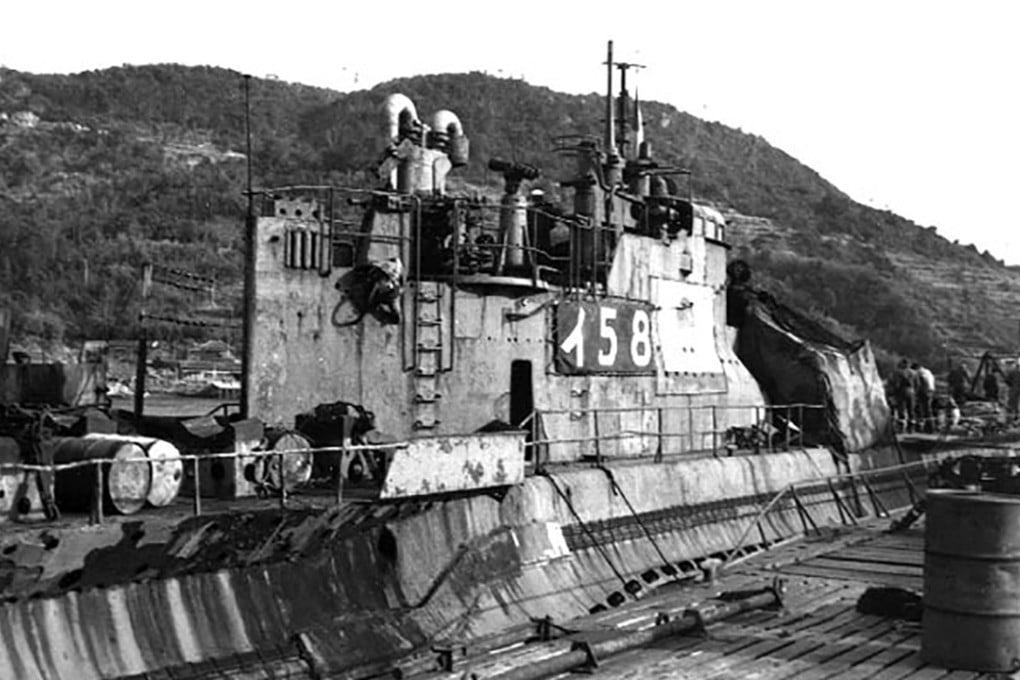Japan identifies submarines seized and sunk by US after second world war
In 1946, the Soviet Union demanded access to the submarines but Washington did not want design secrets falling into the hands of its new cold war enemy

Japanese researchers have confirmed the identities of 24 submarines scuttled off southern Japan by occupying US forces soon after the end of the second world war. They include the I-58 and I-402, two of the Imperial Japanese Navy’s most storied vessels.
The precise locations of the 24 submarines were confirmed in May by a private group based in Kyushu called The Society La Plongee for Deep Sea Technology, which also said it hopes to raise some of the vessels in the future.
On Thursday, the researchers told Japanese media they had used remote-controlled underwater drones to examine a 6 sq km area of the seabed off the Goto Islands, some 50km to the west of Nagasaki. Those images allowed the group to identify all the vessels based on their unique designs and characteristics, the Asahi newspaper reported.

The group now plans to build a 3-D map of the seabed and plot the precise locations and conditions of each of the submarines, which are about 200 metres below sea level.
One of the vessels is the I-402, at 120 metres the largest class of submarine of the war. They remained the largest until the first nuclear ballistic missile boats rolled down slipways in the 1960s. Designed as underwater aircraft carriers, they were able to stow three Aichi light bombers, with folded wings, in a hangar on the deck.
Aware of its disadvantage in surface ships in the Pacific theatre, the Japanese Navy nevertheless wished to take the fight to the enemy and the I-400 class was given the task of approaching the US coast, surfacing, preparing and launching its aircraft within minutes. One of the earliest missions called for the aircraft to drop rats infected with bubonic plague and insects carrying cholera, dengue fever, typhus and other diseases on cities on the west coast of America.
